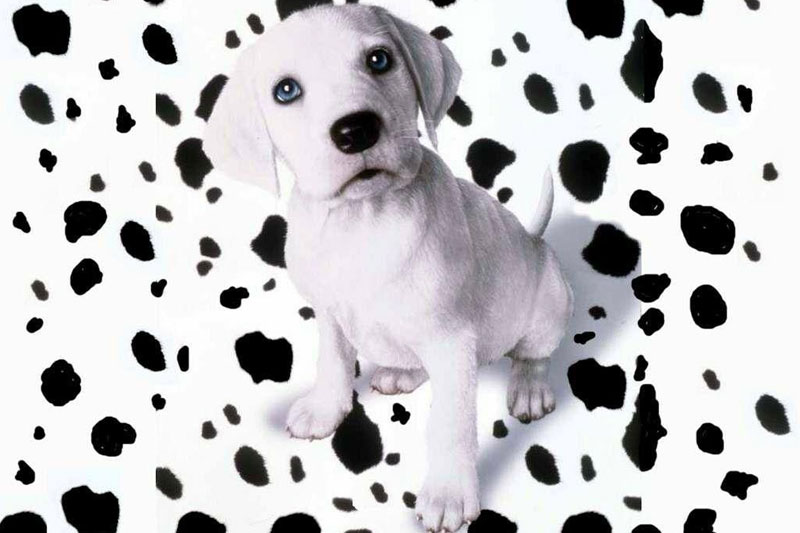Dalmation puppies do not have any spots on them when they are born. They actually develop them as they get older.
With the release of the Disney film “101 Dalmations”, the spotted dog enjoyed a new surge in popularity. But the breed itself is not new at all.
Its actual origins are somewhat murky, with some claims placing the first Dalmations in Yugoslavia. However, there is no historical evidence of their existence there, prior to the 18th century when they arrived courtesy of visiting Englishmen. In fact, there is evidence of similarly patterned and colored dogs in ancient Egypt and Rome, although again, there is no proof of relation to the modern spotted wonder dog.

One of the most notable historical records is a painting by Italian artist Andrea Bonaiuti in the mid 14th century. This depicts a group of dogs very much like today’s Dalmations, clustered next to several monks. Hence, the general feeling that the dog emerged from the Venetian region, as evidenced by its name, which is taken from Dalmatia, a region of the Venetian Republic.
Although part of the non-sporting group in the dog show world, Dalmations were originally working dogs, although when exported to England in the 1700s, they became better known as coach dogs, used for guard duty because they got along well with horses. This other species congeniality also made them excellent companions for fire engines, hence their fame as the fireman’s dog.
The black and white coat, identifiable even by children, is specific to the Dalmation dog, but only as they grow. Because puppies are born pure white, with the spots coming in at about three weeks.


